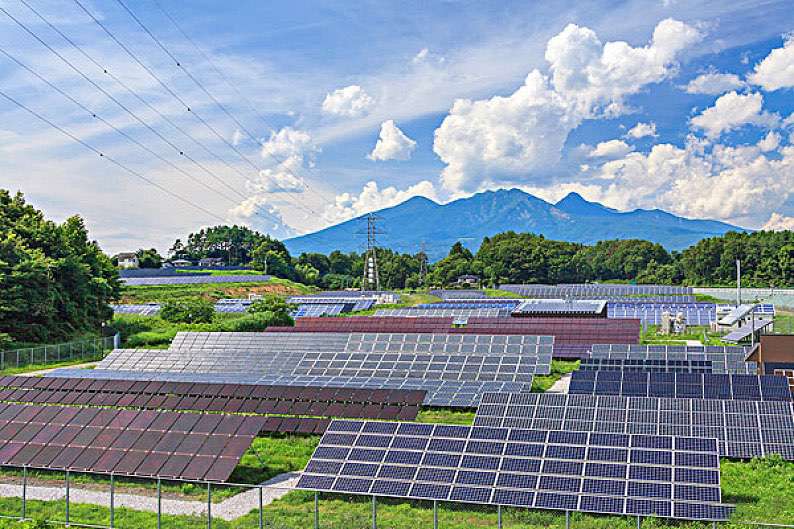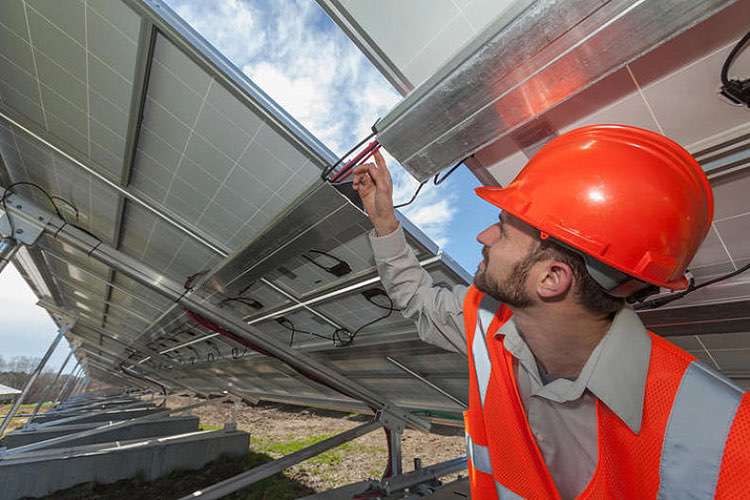 Author: Joey Wan
Author: Joey Wan  January 22,2021
January 22,2021
The DC cable is the transmission line from the photovoltaic module system to the inverter after being merged by the combiner box. DC cables are the aorta of the entire system. Solar cable supplier provide some insights on how to choose DC cables for photovoltaic systems.

First, analyze the environment in different regions. Countries and regions such as China, the United States, Europe, Australia and other countries and regions are currently where more photovoltaic systems are installed. As a solar cable supplier, we have found that the demand for solar cables in Vietnam, Africa and other countries and regions is gradually increasing. Obviously, at present, solar power stations will be built in areas with relatively harsh environments, with strong sunlight, humid environments, deserts or saline-alkali land. Solar panels and dc cables used in homes, schools, hotels and other buildings are usually on the roof and reach a high temperature of 100-110℃. The dc cables provided by solar cable suppliers need to have flame retardant requirements and high temperature insulation breakdown performance for the cables.

DC solar cable usually needs to consider the following characteristics:
1. DC cable insulation performance
2. DC cable moisture, cold and weather resistance
3. Heat resistance and flame retardancy of DC cable
4. DC cable laying method
5. DC cable conductor material (Tinned copper conductor, bare copper core, aluminum core)
6. DC cable section specifications.
Many solar cable suppliers will provide cross-linked polyethylene insulated dc solar cables. It has excellent dielectric and physical properties, and is cost-effective.
